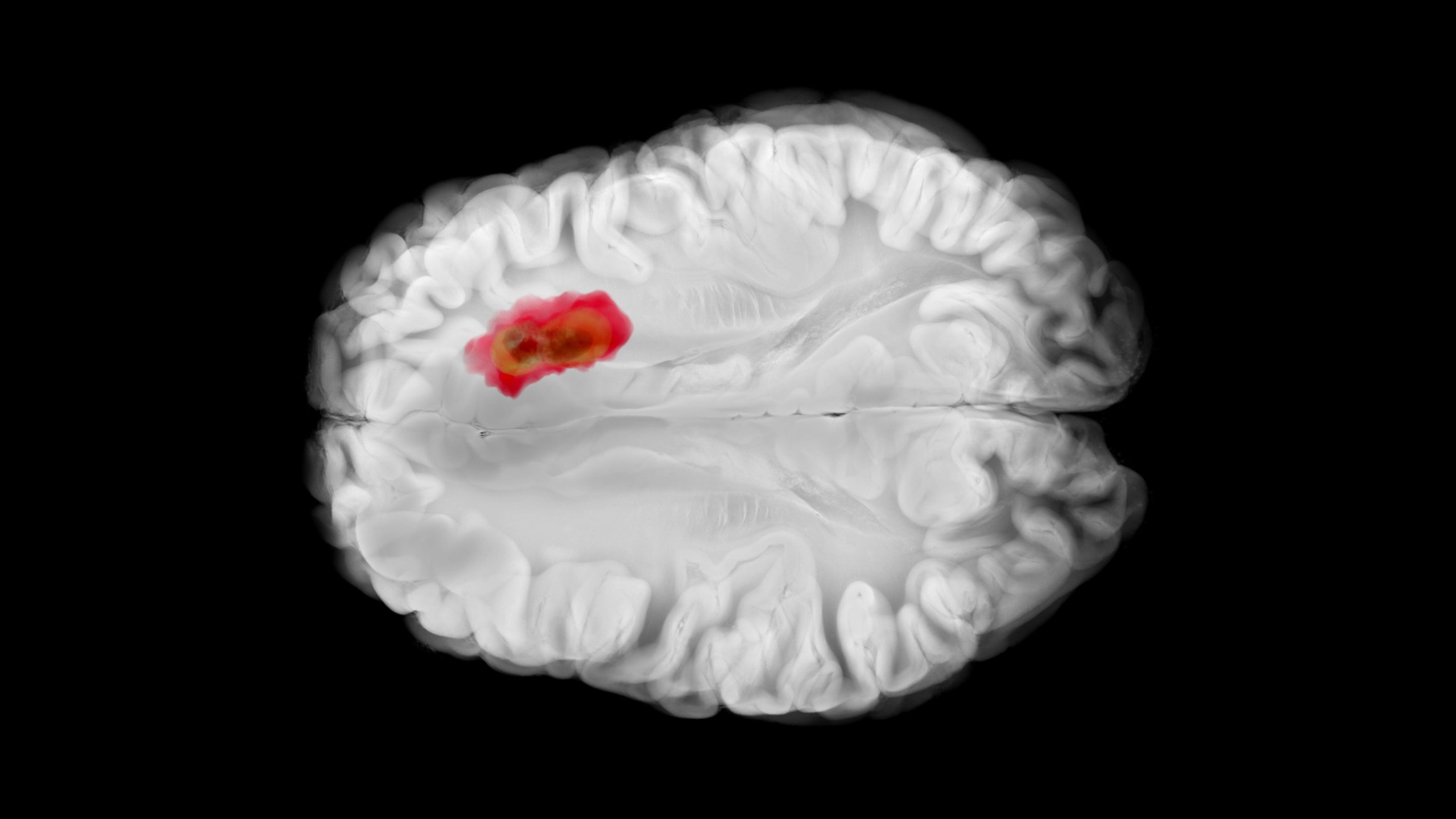Background: In the 1980s, the death rate from acute diarrhea was an estimated 4.6 million people worldwide; the introduction of oral rehydration therapy (ORS [Oral Rehydration Solution]) reduced the number to 2.5 million people. This remains the recommended treatment for acute diarrhea, according to WHO. Some controlled studies have already demonstrated the efficacy of tannin, compared with placebo, in the treatment of acute diarrhea. It showed a shortened duration of the disease without adverse side effects.
Gelatine Tannate Powder is a compound of the plant polyphenol tannic acid and the protein gelatin obtained from bovine and porcine collagen. Chemically, due to the glucose polymers, tannic acid has the property of forming macromolecular complexes with proteins by combining them by means of hydrogen bonds (astringent property), polysaccharides, alkaloids and sapoins. Furthermore, tannic acid is said to have antibacterial and antioxidant properties, and it has been shown that tannic acid can inhibit the toxin Vibrion cholerae, thereby reducing intestinal secretion of chlorine and water.
Question
What is the clinical efficacy and tolerability of Gelatine Tannat in a pediatric study group in Spain under regular prescribing and administration conditions? An additional objective of the study was to evaluate the onset of action, which in some studies was less than twelve hours.
Inclusion criteria
- Children between the ages of three months and twelve years
- Diagnosed acute diarrhea
- ≥3 liquid stools per day in less than 72 hours
Exclusion criteria
- Chronic or toxic diarrhea
- Treatment with anti-diuretics other than Gelatine Tannate.
- If patients could not be observed for a period of more than twelve hours.
Study design
Observational study in two cohorts of patients conducted at medical centers in Almería, Spain. The primary endpoint of the study was stool frequency at two different time points: Baseline and twelve hours later. In addition, other clinical characteristics were recorded.
Study location
Various medical centers in Almería, Spain.
Study groups
- Group 1: Oral rehydration solution
- Group 2: Oral rehydration solution + gelatin tannate
Eligible patients were randomized to treatment with either ORS or ORS and gelatin tannate. If preferred by the treating physician, parallel treatment with antibiotic was allowed in both study groups.
Measurement methods
Patients underwent a baseline test before starting medication, and the test was performed again twelve hours after the start of drug therapy. Examinations included stool frequency, stool characteristics, blood in stool, vomiting, dehydration, signs of peritonitis and/or sepsis, and weight.
The efficacy of the treatment was tested by the decrease in diarrhea symptoms twelve hours after the start of therapy. For this purpose, the difference between baseline and final measurement point for both patient groups, within each patient cohort, was analyzed for the variables collected using a McNemar (2×2) test for categorical variables. If the normal distribution assumption was violated, a Wilcoxon test was applied. Comparison of the two groups with and without gelatin tannate treatment was performed, at the measurement time points, for categorical variables using either a Chi2 test, or a Fisher’s exact test, and for continuous variables using a t or Wilcoxon-Mann-Whitney test (in the case of a violated normal distribution assumption).
Results
- A total of 239 children participated in the study, of which 28 patients were not included in the analysis because of the exclusion criteria. The final analysis included 211 patients.
- The mean age of the study population was 2.5 years with a standard deviation (SD) of ± 2.42, 54.1% were male, 42.7% female.
- 114 patients were in group 1 with ORS treatment, 97 in group 2 in which the children were treated with ORS and gelatin tannate.
- Subjects in the two groups were comparable with respect to relevant baseline characteristics: The mean age in group 1 was 2.3 years (SD ± 2.46) and only slightly higher for group 2 (ORS + gelatin tannate) with a mean of 2.6 years (SD ± 2.39). The gender distribution was exactly 50% in group 1 and 59% male and 41% female in the treatment group with Gelatine Tannat.
Effectiveness:
- At the baseline measurement time point, stool frequency was a mean of 7.26 (SD ± 2.95) per patient in the ORS group and 6.19 (SD ± 1.76) per patient in the ORS + gelatin tannate group (Fig. 1).
- The measurement results 12 hours later provided the following results: Group 1 had a stool frequency mean of 5.86 (SD ± 2.45), while Group 2 (ORS + Gelatin Tannate) was significantly lower with a mean of 2.06 (SD ± 1.04) (Fig. 1) . This between-group comparison was statistically significant (p <0.0001).
- In order to be able to compare both groups in more detail, an index SDI (Stool Decrease Index) was formed: SDI = stool count at the final measurement time (after 12 h) – stool count at baseline / stool count at baseline.
- The group difference found here was also statistically significant (p <0,0001): While the SDI for the ORS group showed a reduction in stool frequency of 18.9% (SD ± 20.2), the value of the index was a reduction of 60.2% (SD ± 18.8) in the treatment group with gelatin tannate, showing significantly better values.
- Further, the observations of stool frequency were grouped by ≥4 and <4 and again a statistically significant difference (p 0.037) was found between both groups, at baseline and post-treatment (twelve hours) time points.
- Regarding the other clinical characteristics collected, no statistically significant differences were found between the treatment groups for stool consistency, vomiting, dehydration, and bloody diarrhea. A statistically significant difference between the groups was recorded for fever alone.

Safety:
No adverse side effects of combination therapy of ORS and Gelatin Tannat were observed throughout the study.
Discussion
Although the combination treatment of ORS and Gelatin Tannat showed good efficacy and safety in diagnosed acute diarrhea, there is a baseline difference in the primary endpoint of the study: group 2 (treatment with ORS and Gelatin Tannat) already had significantly lower stool frequency at the first measurement time point (p <0.05), compared with the group of patients treated with ORS alone. To address this, the aforementioned index SDI was calculated and controlled for the number of stools at the time of measurement for the baseline value. Again, a statistically significant reduction in stool frequency was found in treatment group 2 (ORS + gelatin tannate), supporting the benefit of the combination treatment.
The main criticism of the study must be the lack of control in the distribution of variables between treatment groups.
Conclusions
The study showed a high efficacy of the combination treatment of ORS and Gelatine Tannat in children aged between three months and twelve years, while at the same time being very well tolerated with no undesirable side effects. Stool frequency during therapy with Gelatin Tannat was reduced by 60% within twelve hours, compared to a reduction of 18% during monotherapy with ORS. The shortcomings of the study, such as baseline difference and lack of control in the distribution of variables, limit the result. However, the addition of gelatin tannate to treatment with ORS in children diagnosed with acute diarrhea is a promising treatment option. Further research is needed to consolidate the results found in the present study and recommend therapy to nonpediatric patients.
- Esteban Carretero J, et al: A Comparative Analysis of Response to ORS (Oral Rehydration Solution) vs. ORS + Gelatin Tannate in Two Cohorts of paediatric Patients with Acute Diarrhea. REV ESP ENFERM DIG 2009; 101 (1): 41-48.
Family Practice 2013, Vol. 8, No. 9












